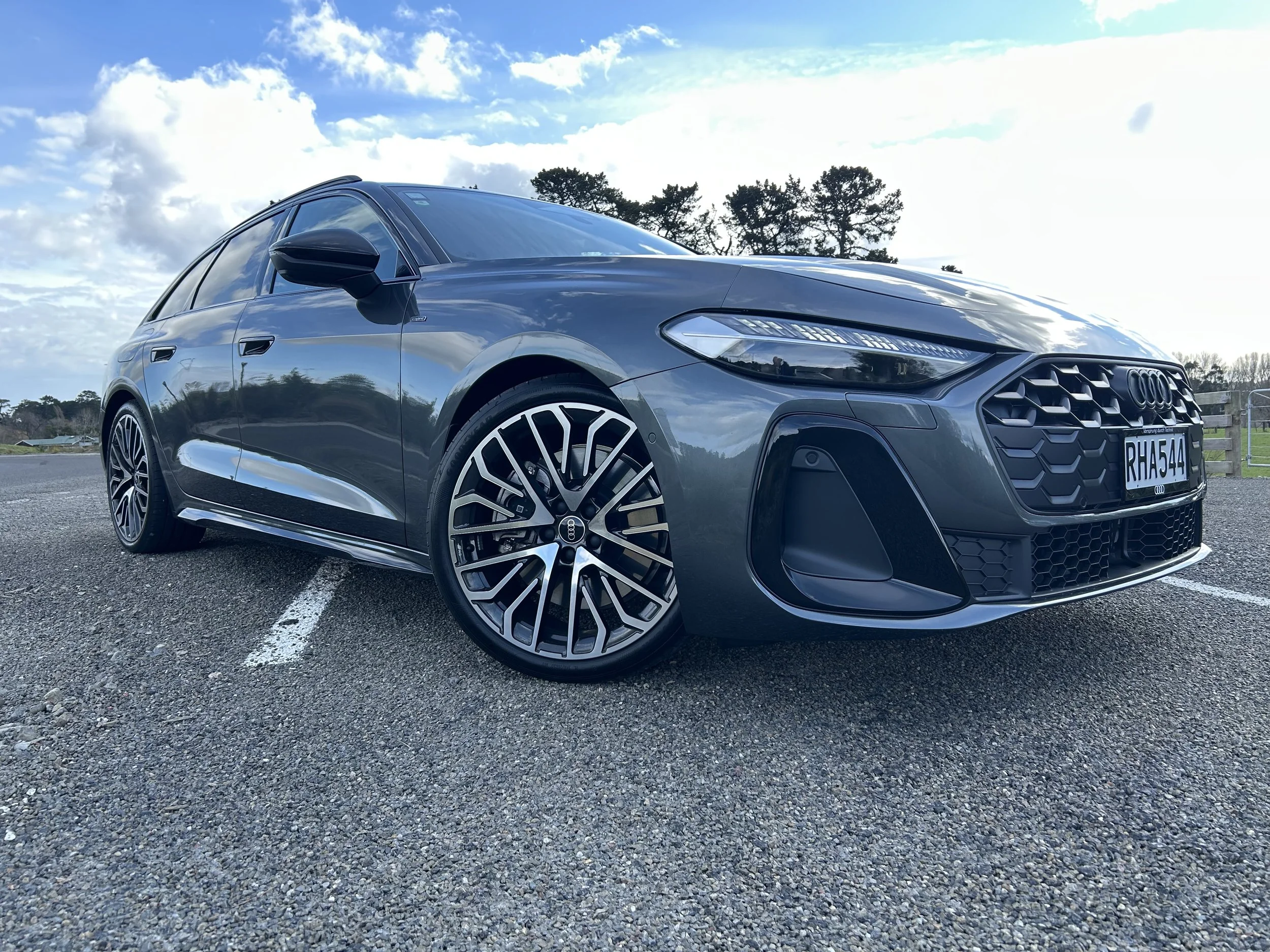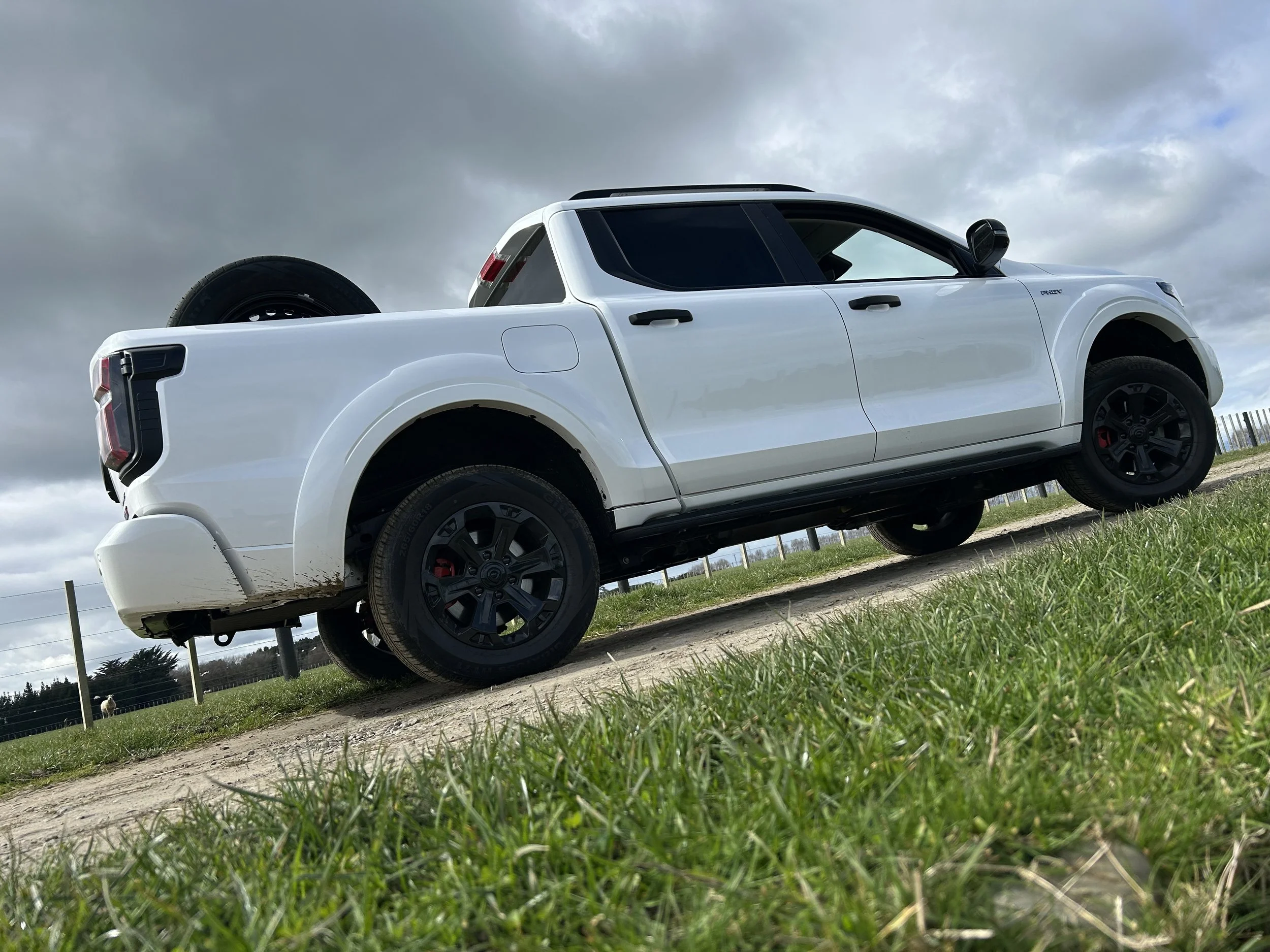Cruiser traydeck back in shape
/An aged Toyota workhorse has achieved a new lease of life.
Changes made by Toyota to its ‘other’ workhorse utility have bumped up its safety rating from three stars to five.
The new score for the chunky Land Cruiser 70-Series workhorse allows a fresh lease of life for an elderly model that has been in production since 1984 – a timeframe that spans more than three complete generations of the smaller Hilux that takes far more of the spotlight, but is arguably less tough in truly trying conditions.
The 70-Series’ volume for any one year is lower than Hilux achieves in its slowest month, but has nonetheless achieved a core following in its single and double cab formats.
Nonetheless the big rig’s appeal has been hampered not only by not having a high safety score but also in lacking electronic stability control – issues that kept it from being considered for fleet and Government use, when five star is required, though it might not have dissuaded private buyers.
The lack of ESP became an issue when that feature became mandatory on all NZ-new passenger and commercial vehicles July 1, 2015.
At that time Toyota had to stop importing the model, but kept selling the stockpile of examples brought to NZ prior to that deadline.
It is understood buyers were required to sign an acceptance that they knew the model did not have the life-saving technology, which is known as vehicle stability control in Toyota-speak.
In addition to now having VSC, the 70-Series has been bolstered by the addition of brake assistance, electronic brake distribution, cruise control and curtain and driver’s knee airbags.
For the ANCAP test, the single cab variant was used, where it managed a combined overall score of 35.75 out of 37. It achieved a perfect score in the side impact test and pole test, while scoring 14.75 out of 16 (or 92 per cent) in the frontal offset test.
Whiplash protection was assessed as being ‘good’, however it scored a mere 12.17 out of 36 for the pedestrian protection test, giving it a ‘marginal’ rating due to particularly poor protection from the outer bonnet areas.
Toyota New Zealand has not offered any comment on the changes to the 70-Series, but ANCAP chief executive James Goodwin reckons pressure from fleet buyers was one of the reasons for the revisions.
“It is encouraging Toyota has responded to consumer demand, particularly from commercial and fleet buyers, and implemented design changes and safety upgrades to improve the Land Cruiser safety rating,” he said.
“This competitive pressure has resulted in a two-star jump for the Land Cruiser 70 and will have a tangible effect on the safety of worksites and more broadly, Australasia’s vehicle fleet.”
Meanwhile, the fourth-generation Toyota Prius has also matched the five-star rating meted its predecessor thanks to its overall score of 36.22 out of 37 (98 per cent), including perfect scores in side impact and pole tests.
On sale in New Zealand since March, it managed 15.22 out of 16 (95 per cent) for the frontal offside test, and 28.55 out of 36 for the pedestrian protection test – enough for a ‘good’ rating.
It also achieved a ‘good’ rating for all aspects of the whiplash protection test.

















